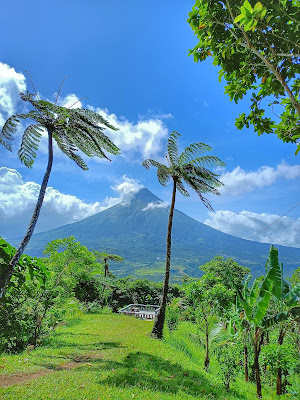Budget Travelers
The Philippines is a tropical paradise with stunning beaches, crystal-clear waters, and a rich cultural heritage. However, many travelers are deterred from visiting due to the perception that it is an expensive destination. In this article, we will explore the question of whether the Philippines is too expensive for budget travelers and provide a comprehensive guide to traveling on a budget.
Firstly, we will examine the cost of transportation in the Philippines. We will provide an overview of the various modes of transportation available, including buses, jeepneys, tricycles, and taxis. We will also discuss the cost of air travel within the country and provide tips on how to find the cheapest flights.
Next, we will delve into the cost of accommodation in the Philippines. We will provide an overview of the different types of accommodation available, including hostels, guesthouses, and hotels. We will also discuss the average cost of accommodation in popular tourist destinations and provide tips on how to find affordable accommodation.
Food and drink are an integral part of any travel experience, and we will provide an overview of the cost of food and drink in the Philippines. We will discuss the average cost of meals in restaurants and street food vendors, as well as the cost of groceries for those who prefer to cook their meals. We will also provide tips on how to save money on food and drink while traveling in the Philippines.
Activities and attractions are another important aspect of any travel experience, and we will explore the cost of activities and attractions in the Philippines. We will discuss the cost of popular tourist attractions such as island hopping tours, scuba diving, and cultural tours. We will also provide tips on how to find free or low-cost activities and attractions.
Finally, we will provide an overview of the overall cost of traveling in the Philippines and provide tips on how to create a budget and stick to it. We will also provide tips on how to save money on transportation, accommodation, food and drink, and activities and attractions.
In conclusion, the Philippines is not too expensive for budget travelers, and with careful planning and budgeting, it is possible to enjoy a fantastic travel experience without breaking the bank. This article will provide a comprehensive guide to traveling on a budget in the Philippines and will help dispel the myth that the Philippines is too expensive for budget travelers.
Hi Hello Please Support Us by Donating a Little its a Big Help to Us! Thank you
G-Cash +639552394832 and PayPal: Please Support Us





























